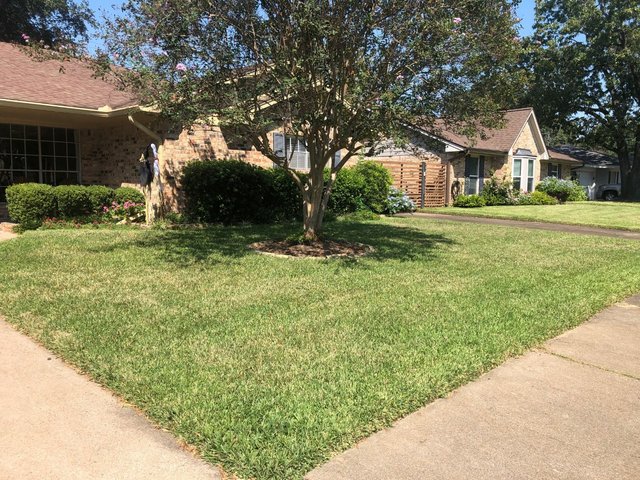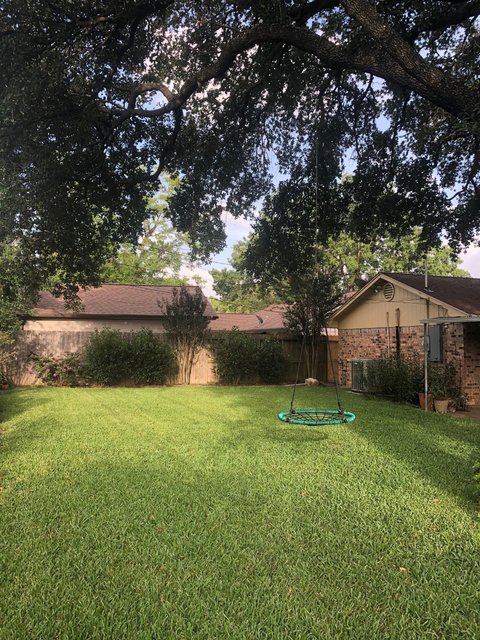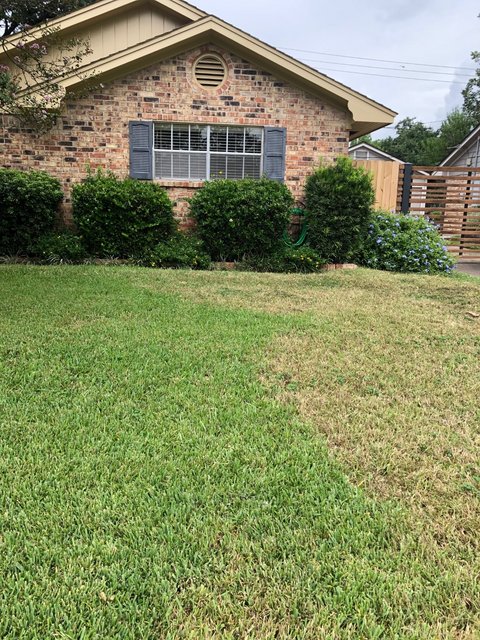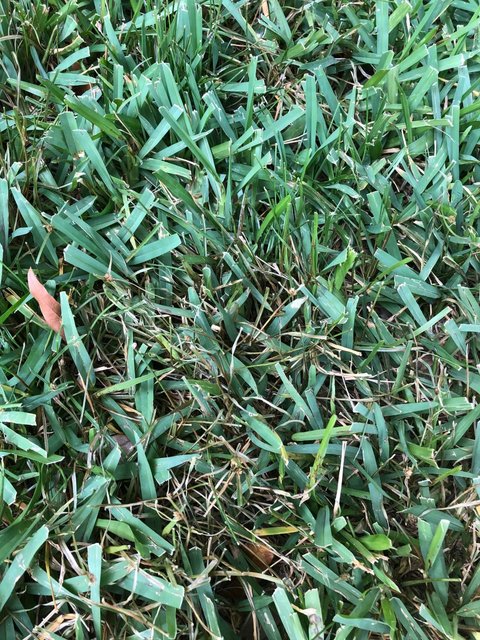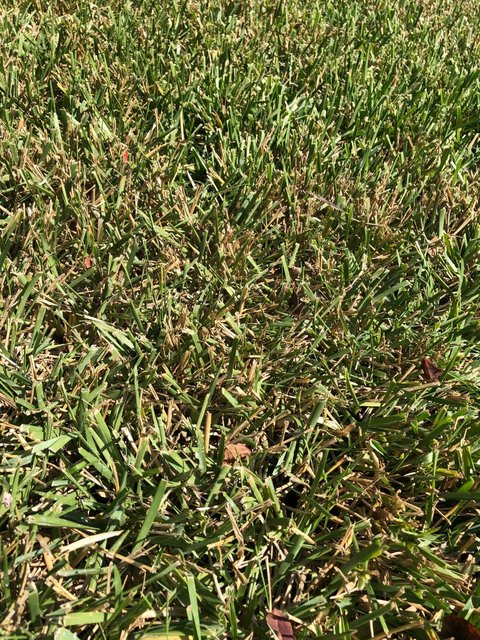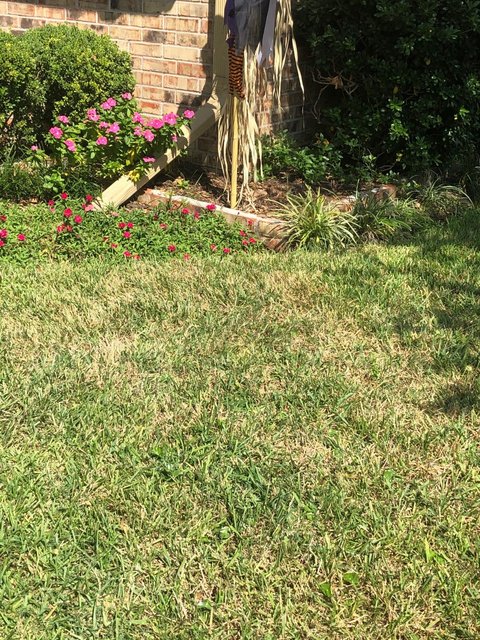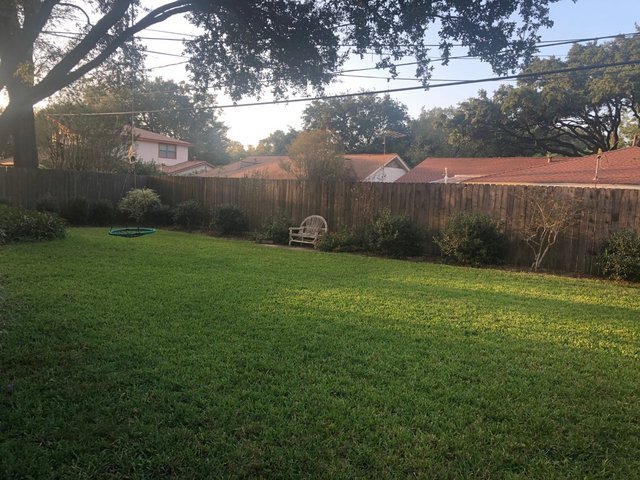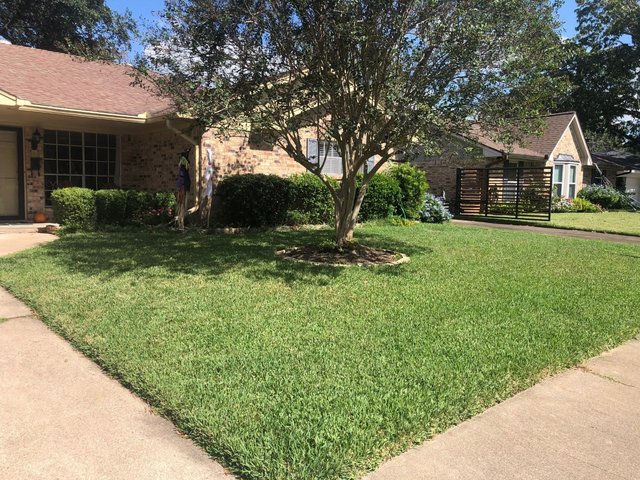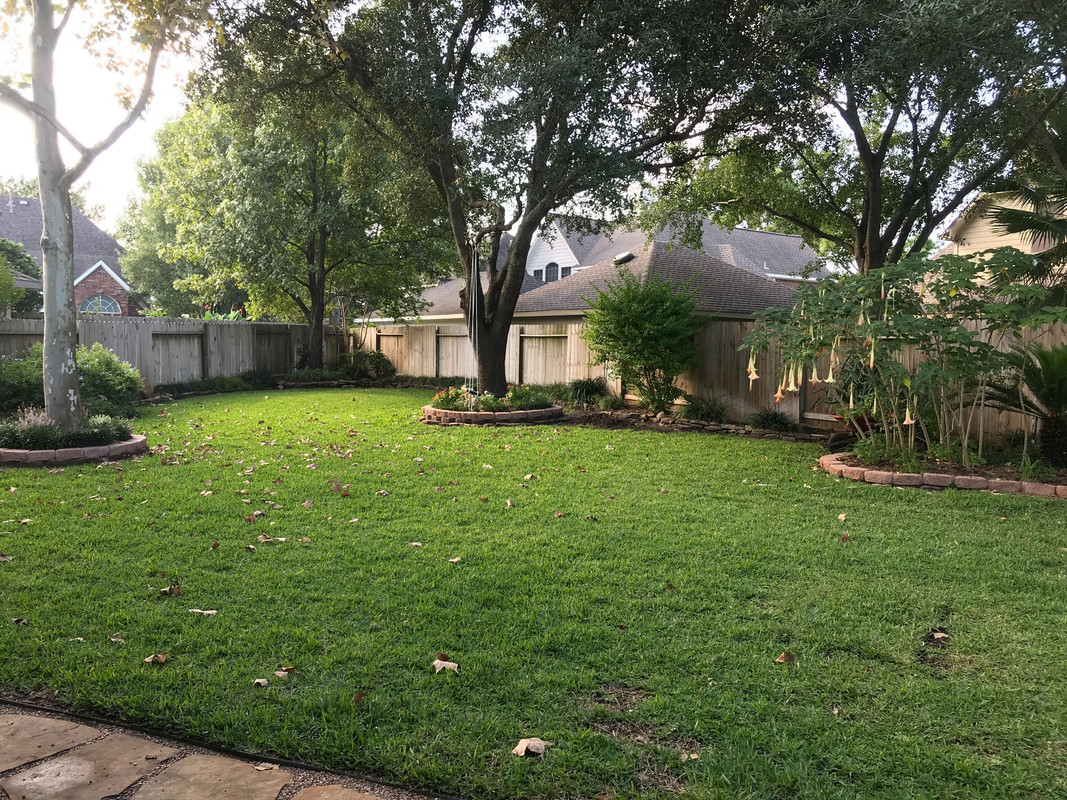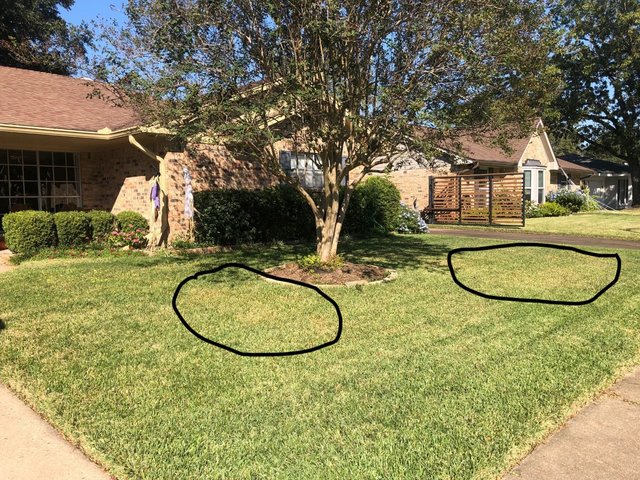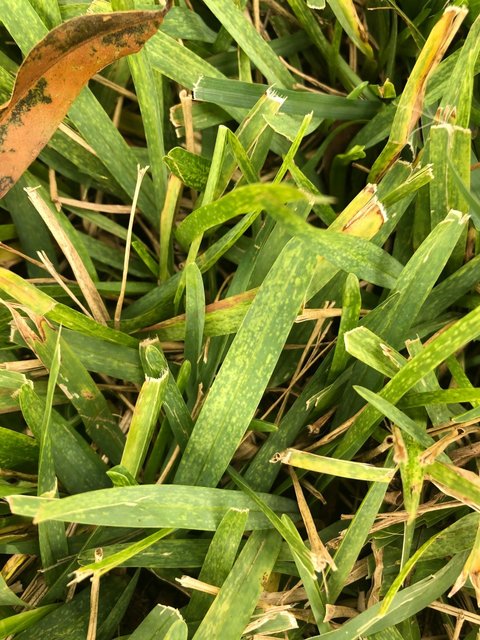Welcome to my lawn journal. I'm a DIY-oriented homeowner in the Houston area who has really gotten into lawn care since moving from a townhouse with no lawn to a ranch-style house with ~3000 sqft of lawn space. I've lurked on TLF for quite some time and have learned a ton in the process. The purpose of this journal is to share my experiences so that others can learn things that they can apply to their own lawn, and to document seasonal progress and obstacles so that I can be prepared in the following years. I'll add some pictures in time, but just to start with the lawn specs:
- Front lawn size and grass: ~1500 sqft, ~80% Floratam SA, ~20% Bermuda
- Back lawn size and grass: ~1500 sqft, 100% Floratam SA
Equipment:
- Fiskers 18'' reel mower
- Toro 22'' rotary mower
- Hand-me-down edger and blower
Fertilizer and Chemicals:
- Milorganite (primary fertilizer)
- Prodiamine (pre-emergent herbicide)
- MSM (post-emergent herbicide, going to replace with Celsius once finished)
- Dismiss (post-emergent herbicide for sedges)
- 3336F (fungicide)
- Talstar biphenthrin (insecticide)
- BT (insecticide for worms)
Timeline:
April: move in. Lawn is in great shape, but decide to apply weed and feed (rookie mistake) in case the previous owner did not fertilize.
May-June: all good, no problems.
July: fertilize with Milorganite in front and back. Notice lawn moths starting to appear in the back yard. I will later learn the hard way that I have a sod webworm infestation. The back lawn is starting to get patchy where the worms are feeding. No real weed problems, just thin and patchy turf.
August: the front lawn is also showing signs of webworm injury. At first I think it's chinch bug damage and apply Talstar to affected areas. Luckily for me biphenthrin controls sod webworms too. However, Virginia Buttonweed and Dollarweed quickly colonize in the webworm-injured turf (front yard only), prompting me to spray MSM over the area.
Early September: I come back after a week-long vacation to find that half my front lawn has been consumed by webworms. There is a little bit of discoloration in the weeds I sprayed with the MSM, but there are plenty of new weeds that took over as the webworms ate the turf. I immediately put down BT and alternate with Talstar every week - it is clear that one spray does not eliminate webworms; repeated applications are needed for full control.
Mid September: it has been a couple weeks since spraying MSM and I'm not seeing a lot of change in the Buttonweed. I decide to do a little experiment (partially out of frustration) and hit one Buttonweed patch with glyphosate. Within a couple days it gets roasted, but leaves a bare spot behind. I'm hoping some turf will colonize there soon.
Late September: Houston receives ~11 inches of rain over 4 days with the passage of TS Beta. The original forecast was a much more reasonable 2-4 inches, so I had put down Prodiamine granular ahead of time. My lawn holds water pretty well (does not run off) so hopefully it stayed intact, but maybe not. I guess we'll find out by the amount of Poa I get in the winter.
This past week: the rain has done wonders for both the front and back lawn. There was a bit of chlorosis yellowing from all the rain but it has greened up nicely with the sun coming out. Still doing weekly biphen apps and the turf is finally coming in. The MSM finally seems to be working on the Buttonweed, especially after a follow-up app. I regret using Round-up, but glad I kept it to one patch.
Today: I find a couple patches of Green Kyllinga in the back yard and hit them, along with some dollarweed in the front yard, with Dismiss. Will update in a couple days with the progress. Apparently sulfentrazone kicks in very quickly for a selective post-emergent (a couple days instead of a couple weeks).
- Front lawn size and grass: ~1500 sqft, ~80% Floratam SA, ~20% Bermuda
- Back lawn size and grass: ~1500 sqft, 100% Floratam SA
Equipment:
- Fiskers 18'' reel mower
- Toro 22'' rotary mower
- Hand-me-down edger and blower
Fertilizer and Chemicals:
- Milorganite (primary fertilizer)
- Prodiamine (pre-emergent herbicide)
- MSM (post-emergent herbicide, going to replace with Celsius once finished)
- Dismiss (post-emergent herbicide for sedges)
- 3336F (fungicide)
- Talstar biphenthrin (insecticide)
- BT (insecticide for worms)
Timeline:
April: move in. Lawn is in great shape, but decide to apply weed and feed (rookie mistake) in case the previous owner did not fertilize.
May-June: all good, no problems.
July: fertilize with Milorganite in front and back. Notice lawn moths starting to appear in the back yard. I will later learn the hard way that I have a sod webworm infestation. The back lawn is starting to get patchy where the worms are feeding. No real weed problems, just thin and patchy turf.
August: the front lawn is also showing signs of webworm injury. At first I think it's chinch bug damage and apply Talstar to affected areas. Luckily for me biphenthrin controls sod webworms too. However, Virginia Buttonweed and Dollarweed quickly colonize in the webworm-injured turf (front yard only), prompting me to spray MSM over the area.
Early September: I come back after a week-long vacation to find that half my front lawn has been consumed by webworms. There is a little bit of discoloration in the weeds I sprayed with the MSM, but there are plenty of new weeds that took over as the webworms ate the turf. I immediately put down BT and alternate with Talstar every week - it is clear that one spray does not eliminate webworms; repeated applications are needed for full control.
Mid September: it has been a couple weeks since spraying MSM and I'm not seeing a lot of change in the Buttonweed. I decide to do a little experiment (partially out of frustration) and hit one Buttonweed patch with glyphosate. Within a couple days it gets roasted, but leaves a bare spot behind. I'm hoping some turf will colonize there soon.
Late September: Houston receives ~11 inches of rain over 4 days with the passage of TS Beta. The original forecast was a much more reasonable 2-4 inches, so I had put down Prodiamine granular ahead of time. My lawn holds water pretty well (does not run off) so hopefully it stayed intact, but maybe not. I guess we'll find out by the amount of Poa I get in the winter.
This past week: the rain has done wonders for both the front and back lawn. There was a bit of chlorosis yellowing from all the rain but it has greened up nicely with the sun coming out. Still doing weekly biphen apps and the turf is finally coming in. The MSM finally seems to be working on the Buttonweed, especially after a follow-up app. I regret using Round-up, but glad I kept it to one patch.
Today: I find a couple patches of Green Kyllinga in the back yard and hit them, along with some dollarweed in the front yard, with Dismiss. Will update in a couple days with the progress. Apparently sulfentrazone kicks in very quickly for a selective post-emergent (a couple days instead of a couple weeks).


